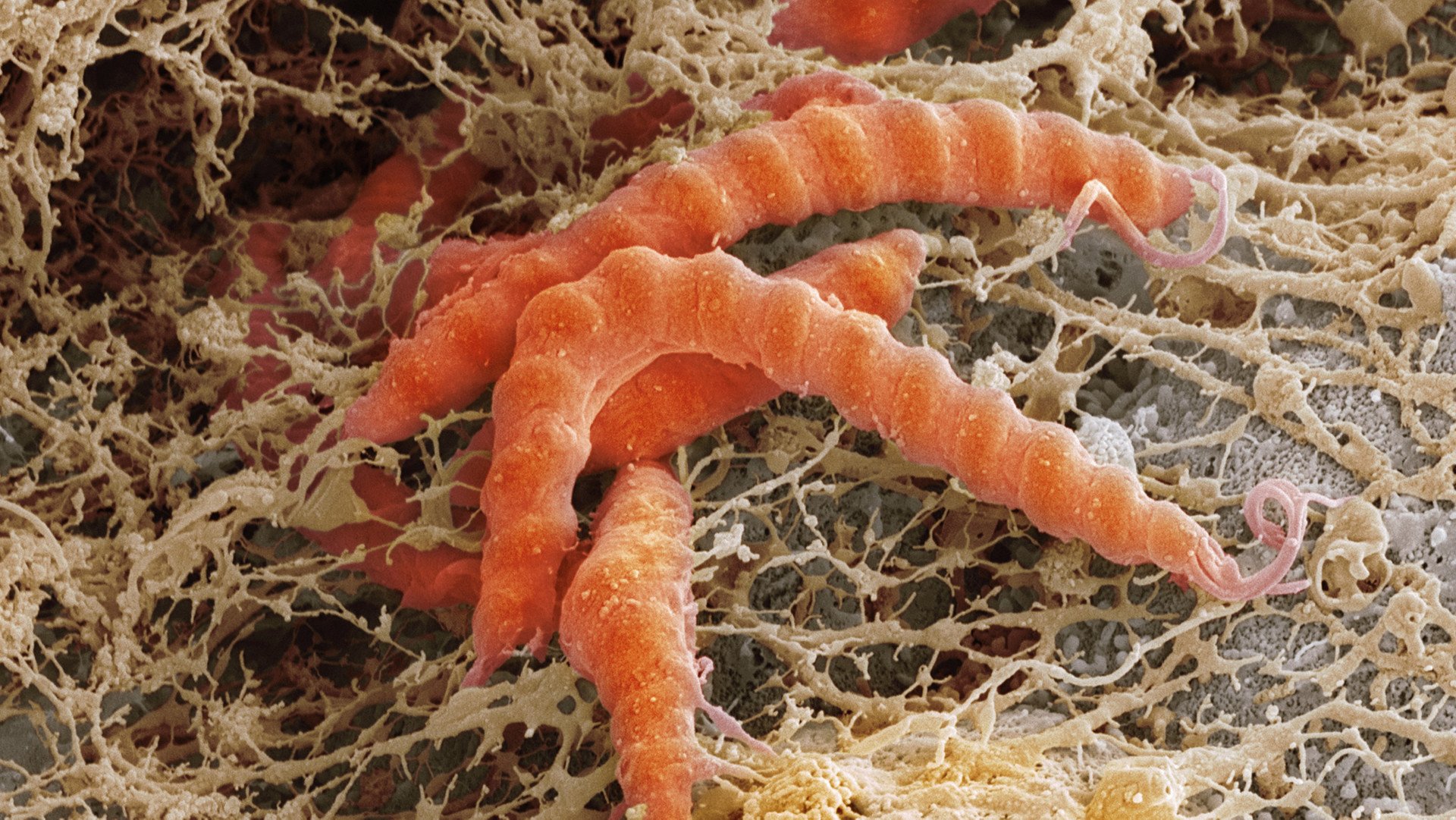And those microbes? They have probably more impact on the recovery of those burned areas than we thought they had.
Soil microbes
After wildfires in Australia, most research is done on the impact it had on the animals living in these areas. Something as important is the research on soil microbes in these areas. Numerous different micro-organisms are living in the soil, just like the microbes in our intestines. The collection of all the microbes living together at one spot is called a microbiome. The exact composition of the microbiome is different for everything and everyone.
Scientists discovered that the soil microbiome of burned soil differed from unburned soil. After wildfires, most microbes were no longer present. In contrast, other species were abundantly available. These species have surviving strategies to recover as fast as possible, like very fast growth. The impact this increase has on the ecosystem is something the scientist cannot yet explain. But often less species means a weaker ecosystem.
Another group of scientist found that bacteria are more resistant to the extreme heat opposed to fungi. The impact on the soil microbiome is very dependent on the seriousness and the depth of the fire. Next to the loss of different species from the soil microbiome a lot of other microbes are lost because their hosts – plants and animals – die. And thus their unique microbiomes are lost too.
Indispensable in the ecosystem
The soil microbiome is essential in most ecosystems. Some bacteria and fungi help plants with the uptake of for example nitrogen, and are therefore essential for plant growth. Other bacteria help with cleaning up rest material of dead plants and animals. When a large part of the soil microbiome dies due to wildfires, the ecosystem is not easily restored. Unfortunately, we know about 6% of all existing soil microbes and from the species we do know, we do not always know their function. Scientist are working hard to discover new species and their functions. So that we have more knowledge on the soil microbiome.
Soil in therapy
When we know the ins and outs of the soil microbiome we could come up with ‘treatments’ for burned soil. Tests with ‘treatments’ are already done with heavy polluted soil. By restoring the burned soil microbiome, it will be easier for plants and animals to recover from the fire.
A lot of research needs to be done before we can understand the real impact that fires have on the tiny organisms in these ecosystems. Unfortunately, climate change does not only impact the increase in wildfires, but has a tremendous influence of many other microbes and with this processes. Do you want to read more about this? Read the article about migration of plankton in the ocean.

